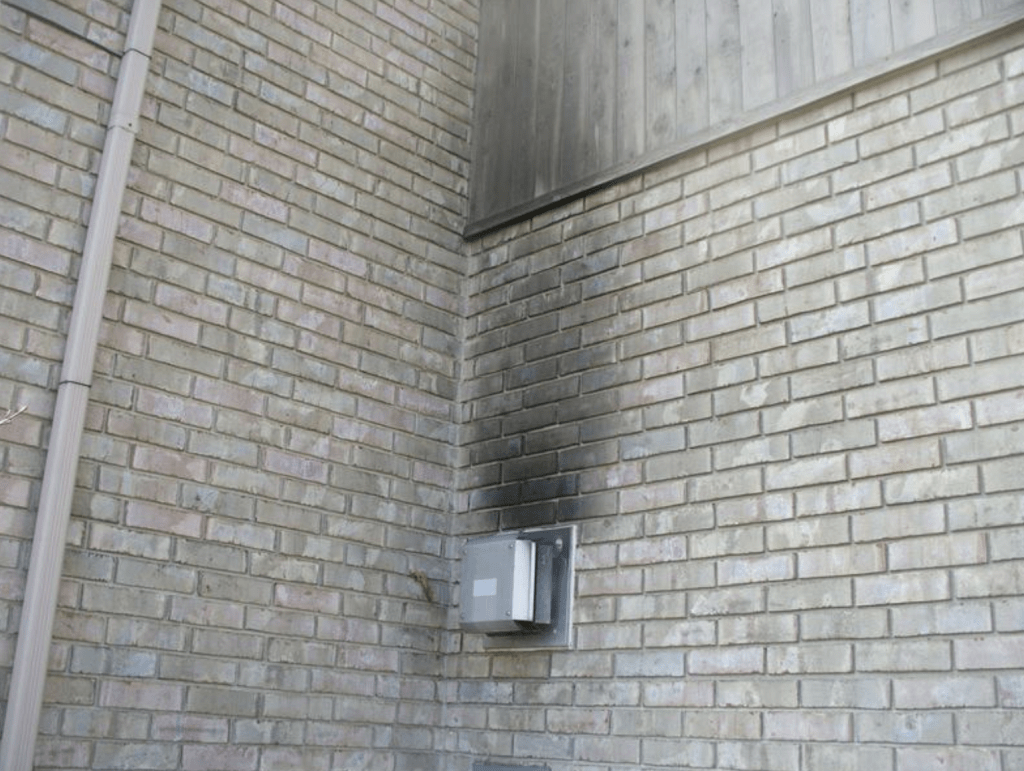This question has come up with home inspectors when a home is being sold. Yet, there is not a code for the amount of carbon monoxide (CO) that is exhausted through the venting system to the exterior of the home. The code says that the venting system should draw all the carbon monoxide out of the home.
There is no code that states the acceptable levels of carbon monoxide that can be exhausted to the exterior of the home. There is a large variable in the efficiency between fireplaces. For example, a vented gas log set will put out a higher ppm of CO than a high efficiency Empire gas fireplace. Other fireplaces can exhaust somewhere in between those two types of fireplaces. The bottom line is that we are concerned about the air quality, health and safety of the occupants inside the home.
A certified gas fireplace inspector/ NFI certified personal or other qualified fireplace technician can inspect the following items to help determine if the fireplace is not burning properly, such as:
- Appearance of the flames
- Presence of soot on the following items:
- Gas logs
- Glass
- Exhaust Vent
- Side of the house
- Check for carbon monoxide and other combustible gases inside the home.
- Check for proper seal of the glass
Some fireplaces may still pass the home inspection due to the home inspector not being trained in gas fireplace inspections. For example, the gas fireplace may be burning correctly, but have soot, and the home inspector may not be alerted to check the venting system.
This is another example that shows the importance of having a Level 2 Gas Fireplace Inspection performed by a National Certified Gas Fireplace Inspector, NFI (National Fireplace Institute) technician or factory certified technician. Please keep in mind that most fireplace professionals are not certified or competent to work on furnaces and visa versa.
